Top 6 Dishes To Try In The Canary Islands
By: Priyanka Maheshwari Sat, 14 Oct 2023 6:53:10

Welcome to a culinary odyssey in the heart of the Atlantic Ocean, where flavors are as diverse as the landscapes that surround them. The Canary Islands, a sun-kissed archipelago off the northwest coast of Africa, boast a rich culinary heritage that mirrors the islands' unique history and multicultural influences. From mouthwatering seafood delicacies to hearty stews that warm the soul, the cuisine of the Canary Islands is a symphony of taste and tradition. Join us on a gastronomic journey as we explore the top dishes that define the vibrant and diverse culinary scene of these enchanting islands. Prepare your taste buds for an adventure that promises to tantalize your senses and leave you craving for more. Welcome to the world of Canary Islands' gastronomy, where every bite tells a story of centuries-old recipes, fresh ingredients, and the passion of the local chefs.
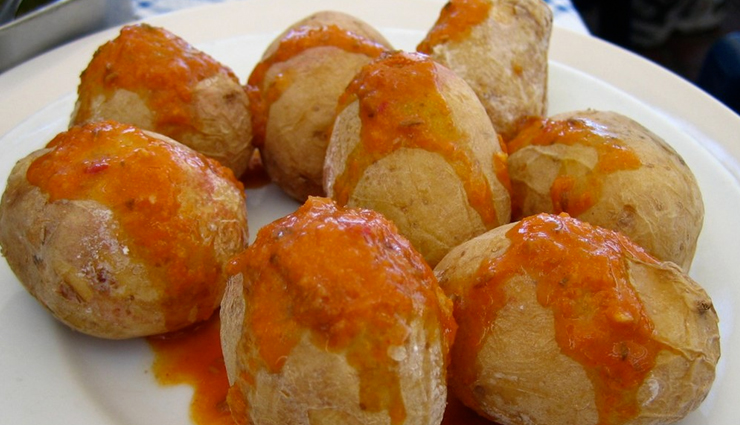
# Papas Arrugadas
"Papas arrugadas" is a traditional Canarian dish originating from the Canary Islands, a Spanish archipelago located off the northwest coast of Africa. The name "papas arrugadas" translates to "wrinkled potatoes" in English. The dish consists of small, unpeeled potatoes boiled in salted water until they are tender. The water is then drained, and the potatoes are left to steam and dry in their own skins, causing them to wrinkle and develop a salty crust on the outside.
These wrinkled potatoes are typically served with a flavorful sauce called "mojo." There are two main types of mojo: red mojo (mojo rojo) and green mojo (mojo verde). Red mojo is made with red peppers, garlic, olive oil, vinegar, and various spices, while green mojo includes ingredients such as cilantro, parsley, garlic, and sometimes green peppers. Both sauces are spicy and add a delicious kick to the dish.
Papas arrugadas with mojo sauce are a popular tapas-style dish and a staple of Canarian cuisine. They are often served as a side dish or appetizer in restaurants and homes throughout the Canary Islands. The dish highlights the simple yet flavorful nature of Canarian gastronomy and has gained popularity among tourists visiting the region.
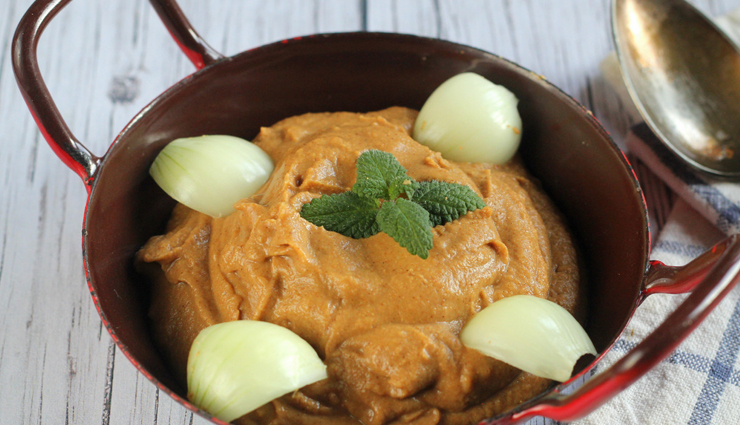
# Gofio
Gofio is a traditional Canarian food product that holds great cultural and historical significance in the Canary Islands, as well as in some other parts of the world. It is a type of flour made from roasted cereal grains, usually wheat or maize (corn), although other grains such as barley, oats, or rye can also be used. The grains are roasted and ground into a fine powder, resulting in gofio.
The origins of gofio can be traced back to the indigenous Guanche people of the Canary Islands, who were making a similar type of flour long before the arrival of Europeans. Gofio played a vital role in their diet and was a staple food source for centuries. Today, gofio is still widely consumed in the Canary Islands, where it is used in various culinary applications.
Gofio can be mixed with water, milk, or other liquids to create a thick, nutritious porridge. It can also be incorporated into soups, stews, desserts, and even ice cream. In addition to its versatility in cooking, gofio is highly regarded for its nutritional value. It is rich in carbohydrates, fiber, and proteins and contains essential vitamins and minerals, making it a healthy dietary choice.
In the Canary Islands, gofio is often used in traditional dishes like "escaldón," a thick porridge made with gofio, meat, and broth. Gofio is also a popular ingredient in desserts such as "bienmesabe," a sweet almond cream that incorporates gofio as one of its key components.
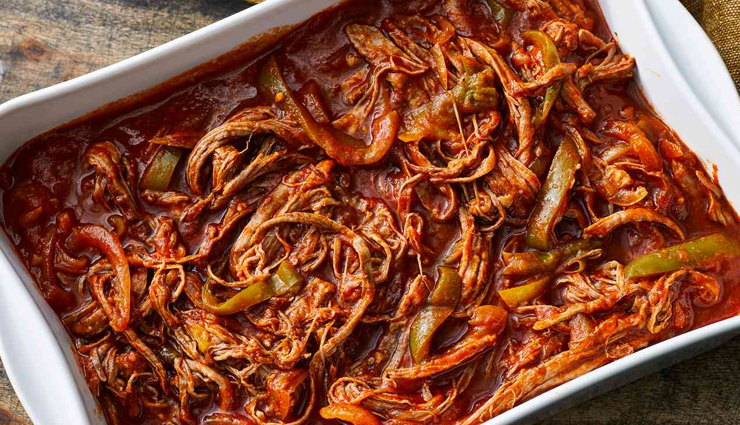
# Ropa Vieja
Ropa Vieja is a popular and flavorful Cuban, Spanish, and Latin American dish that translates to "old clothes" in English. It is a hearty and comforting stew made with shredded beef, vegetables, and spices. The dish is particularly popular in Cuba, the Canary Islands, Puerto Rico, and other parts of Latin America, each region adding its own twist to the recipe.
The main ingredient, beef, is typically simmered until tender and then shredded into thin strips, resembling tattered or shredded pieces of old clothes, hence the name. The beef is usually cooked with a variety of vegetables, including bell peppers, onions, tomatoes, and sometimes peas and carrots. These vegetables contribute to the dish's rich and savory flavor.
The key to the dish's taste is the combination of spices, which often includes cumin, garlic, paprika, oregano, and bay leaves. These spices give Ropa Vieja its characteristic aroma and taste. Some recipes also call for the addition of olives and capers, which add a briny and tangy flavor to the stew.
Ropa Vieja is typically served with rice and black beans, creating a satisfying and complete meal. It can also be accompanied by fried plantains (maduros) or yuca, adding extra texture and flavor to the dish.
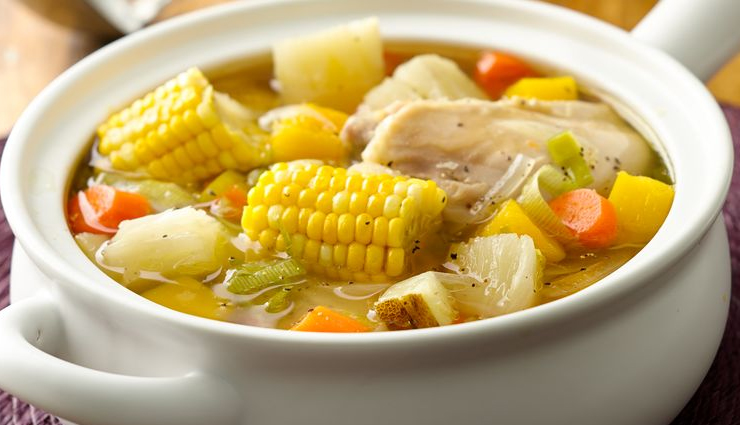
# Sancocho
Sancocho canary is a traditional and cherished dish. However, it's important to note that "sancocho canario" in the Canary Islands is different from the sancocho found in other Latin American countries.
Canarian sancocho typically features salted fish, particularly a type of fish known as "vieja," which is similar to sea bream. The fish is salted and dried, giving it a unique texture and flavor. The dried fish is then rehydrated and simmered with potatoes, sweet potatoes, and sometimes yams or other starchy vegetables. Onions, garlic, and sometimes bell peppers are also added to enhance the flavor. The dish is seasoned with ingredients such as paprika, cumin, and coriander, giving it a distinct taste.
Sancocho canario is often served with a special type of sauce called "mojo," which comes in two varieties: red mojo (mojo rojo) and green mojo (mojo verde). Red mojo is typically made with red peppers, garlic, paprika, and spices, while green mojo incorporates ingredients like cilantro, parsley, garlic, and green peppers. Both sauces add a delightful zing to the dish.
![]()
# Mojo Picon
Mojo Picón is a popular Canarian sauce originating from the Canary Islands, Spain. It comes in two main varieties: red mojo (mojo rojo) made with red peppers, garlic, olive oil, paprika, cumin, and vinegar, and green mojo (mojo verde) made with green peppers, garlic, cilantro, parsley, cumin, olive oil, and vinegar. These sauces are versatile condiments, often used with grilled meats, fish, potatoes, and other Canarian dishes. Mojo Picón is known for its rich, flavorful taste, adding a spicy and tangy kick to various meals. It has become a symbol of Canarian culinary tradition, reflecting the diverse influences on the islands' cuisine and is popular both locally and internationally.
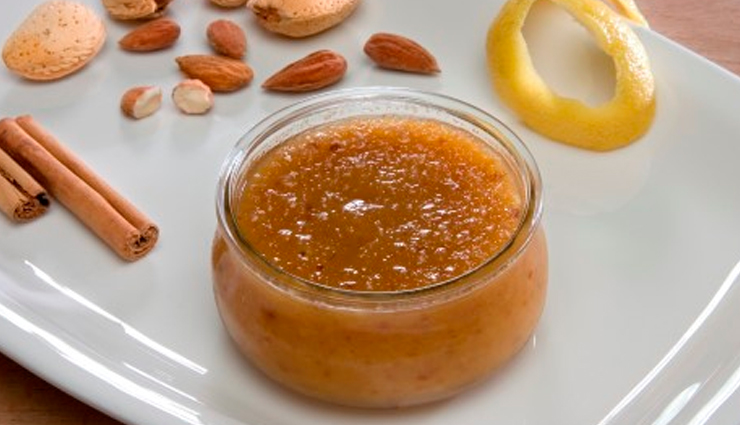
# Bienmesabe
Bienmesabe is a delectable sweet treat celebrated across the Canary Islands, especially in the city of Tejeda on the island of Gran Canaria, where almond trees flourish abundantly. This delightful dessert, whose name translates to "tastes good to me," truly lives up to its delightful title.
Crafted from locally sourced ground almonds, sugar, velvety egg yolks, and a hint of lemon zest, Bienmesabe is meticulously prepared. These ingredients are skillfully combined and cooked to perfection, resulting in a luscious, custard-like mixture that boasts a harmonious blend of flavors and textures.
Served chilled, this dessert provides a refreshing and satisfying conclusion to any meal, making it a cherished culinary delight among locals and visitors alike. Bienmesabe stands as a testament to the rich culinary heritage of the Canary Islands, capturing the essence of the region's abundance and creativity in the realm of sweets.





